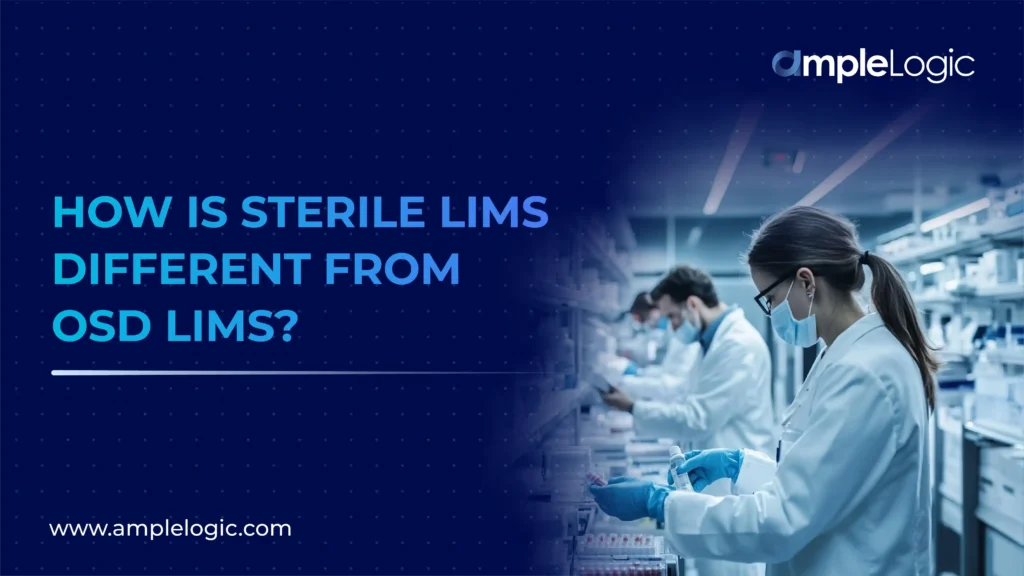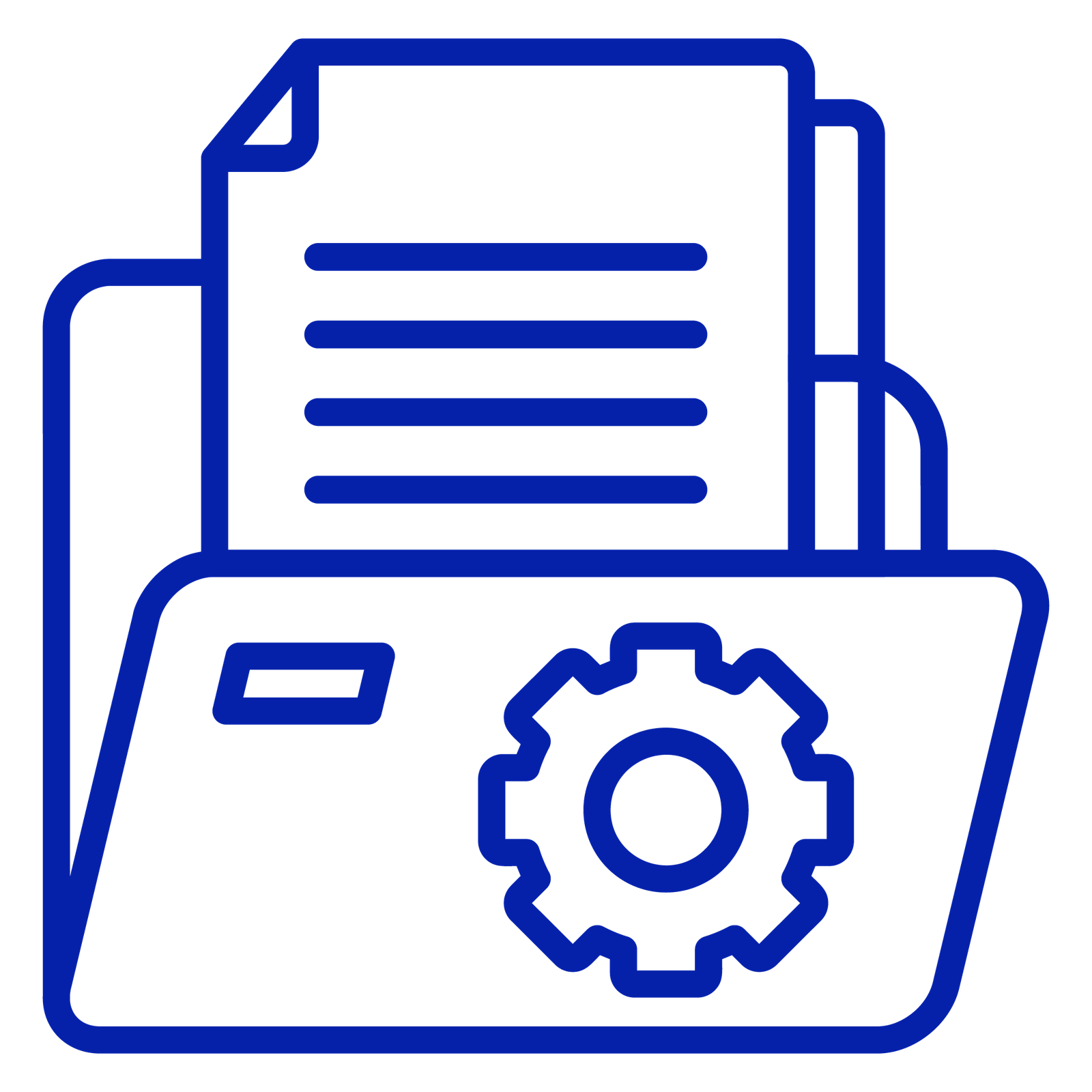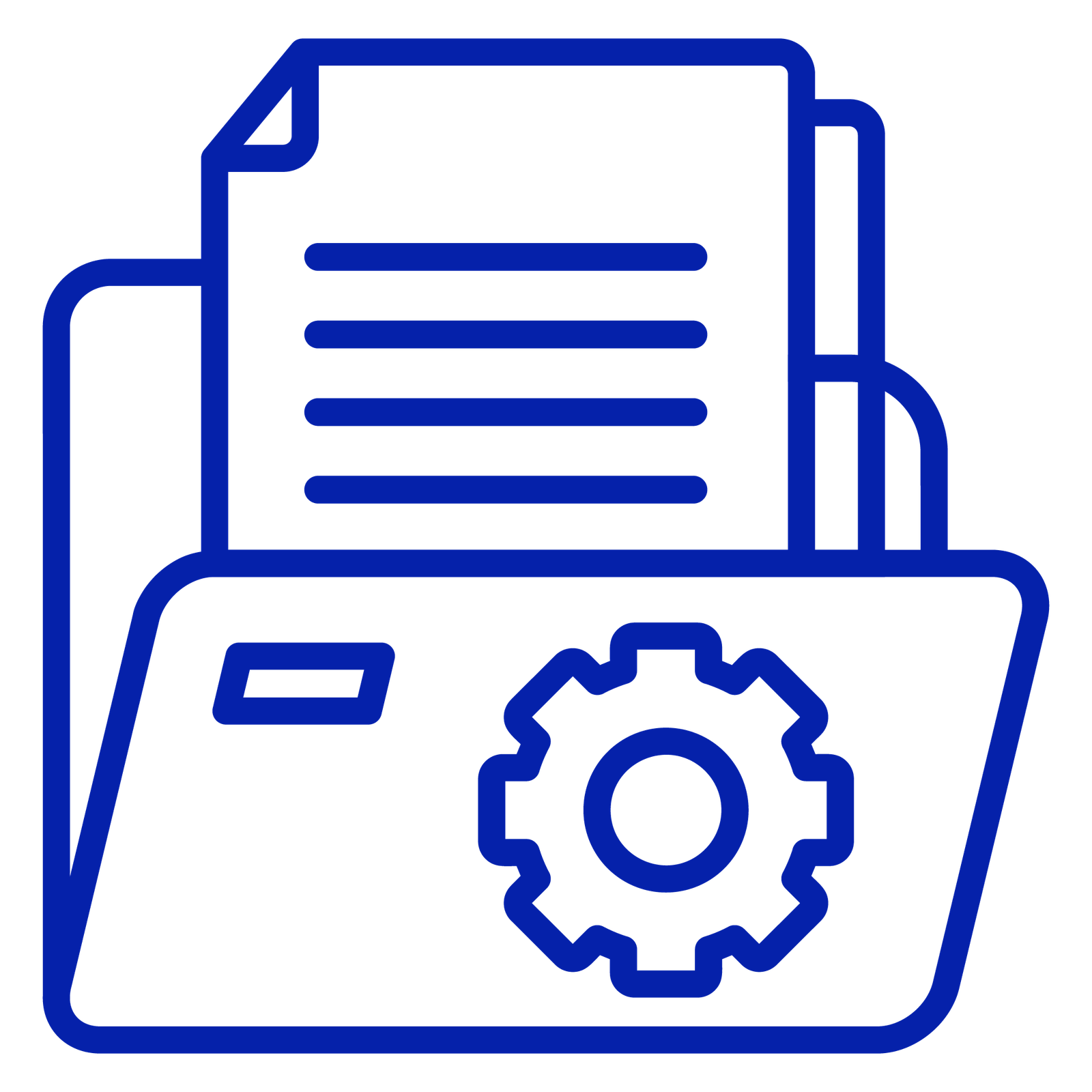
In pharmaceutical manufacturing, a batch is a defined quantity of a drug substance or product that is intended to have same character and quality, produced according to a single manufacturing order during the same production cycle. Every step in production must be documented: “If it isn’t written down, it didn’t happen” is a common industry saying. The Batch Manufacturing Record (BMR) documents all details of a batch, including raw materials, equipment, in-process checks, and yields. The Batch Packaging Record (BPR) logs all packaging steps. These records serve as the main documentation of production.
The batch issue procedure is the controlled process of releasing batch records and related materials for production. This includes authorizing the correct batch records, issuing raw and packaging materials, and documenting the issuance in official logs. Proper execution is required for GMP compliance, traceability, and product safety.
Step-by-Step Batch Issue Procedure
Pharmaceutical batch issue procedures control the release of production records and materials before manufacturing begins. These steps ensure the process follows approved documentation and meets regulatory standards.
1) Batch Planning and Record Preparation
- Production planning identifies which product and how many batches to produce.
- Each batch is assigned a unique batch number as per company SOP.
- The Master Production Record (MPR) is used to generate a specific Batch Manufacturing Record (BMR) and Batch Packaging Record (BPR) for that batch.
- QA reviews and approves the BMR/BPR to ensure accuracy and correct version before use.
2) Requisition of Batch Records
- Before production, a formal request (such as a Batch Issue Note) is submitted by production to QA for the required batch records.
- QA (often through document control) logs the issuance in a Batch Issue Register.
- QA photocopies the master BMR/BPR and annotates it with the new batch number, manufacturing/expiry dates, and other relevant details.
- All pages of the copied record are signed and dated by QA personnel.
- QA delivers the batch record packet to production, and the receiving operator signs the register to acknowledge receipt.
3) Verification of Materials
- All raw materials, APIs, excipients, and packaging components required for the batch are verified and released for use.
- QA ensures each lot has passed QC testing and has a Certificate of Analysis (COA) on file.
- QA checks that materials are intact, correctly labeled, and within expiry.
- The manufacturing area and equipment are confirmed to be clean and free from previous products.
- Materials approved by QA are marked “Approved” for issuance.
4) Material Issuance
- Production issues a Material Indent or Issue Note specifying the quantities of each material needed.
- Warehouse/store staff check stock using the FEFO (First-Expire-First-Out) principle and prepare the items.
- At the dispensing or weighing station, operators confirm material identity and weights using calibrated balances and weighing tickets.
- Materials are released to production with a Material Issue Note, signed by both warehouse and production staff.
- All material issues are recorded in a Material Issue Register with relevant details (date, department, batch number, material IDs, quantities, signatures).
5) Document and Register Maintenance
- Documentation is maintained at every stage of issuance.
- Separate registers are maintained for the issuance of BMR/BPR and for material issues.
- QA logs BMR issuance in the Batch Issue Register; the warehouse logs material dispensing in the Material Issue Register (and often in an ERP system).
- Completed batch records (BMR/BPR) are filed in the Production Batch Record file.
- This documentation ensures a complete audit trail and batch traceability.
6) QA Review of Issuance
- QA reviews the entire issuance process.
- Checks are made to ensure the correct BMR/BPR is issued, all signatures are present, and no unauthorized changes have been made.
- QA confirms there are no open investigations or unresolved deviations before allowing production to proceed.
- Only after QA confirmation can the batch move forward in the manufacturing process.
Manual vs. Digital Issuance
| Aspect | Paper-Based Batch Issuance | Electronic Batch Issuance (EBR/MES) |
|---|---|---|
| Data Entry | Manual, handwritten, or typed | Digital, with automated checks |
| Error Risk | High (mistakes, illegible writing, lost forms) | Low (system prompts, validation, fewer omissions) |
| Record Version Control | Prone to outdated or incorrect versions | Always current, version-controlled |
| Inventory Visibility | Not real-time; requires manual checks | Real-time tracking and updates |
| Review Process | Manual, time-consuming, line-by-line | “Review by exception,” faster, focused on issues |
| Audit Trail | Manual logs can be incomplete | Automated, comprehensive, tamper-evident |
| Compliance (21 CFR Part 11) | Not applicable | Must comply with electronic record regulations |
| Batch Turnaround Time | Longer, due to manual steps and reviews | Shorter, due to automation and parallel review |
| Training & Validation | Basic documentation training | Requires system validation and user training |
| Data Integration | Siloed; limited cross-department access | Integrated across production, QC, and inventory |
Best Practices for Reliable Batch Issuance
- Use clear SOPs for every step. Train staff on these procedures and GMP requirements.
- Confirm all documentation and approvals before issuing records or materials.
- Keep separate registers for BMR/BPR issuance and material issues. Record batch numbers, dates, personnel, and quantities.
- Always issue materials with the nearest expiration date first. Document lot numbers for traceability.
- Production, quality control unit, and warehouse must communicate and confirm each step.
- The quality control unit must approve all BMR/BPR and material releases. Segregation of duties helps prevent mix-ups.
- Perform line clearance before each batch to prevent cross-contamination.
Embracing Digital Transformation
Pharmaceutical companies are adopting digital tools to improve the batch issue process. Modern MES and eBMR systems are built around GMP workflows and must comply with 21 CFR Part 11. These systems track lot numbers, enforce weighing protocols, and control dispensing equipment. Integration with plant and lab systems creates a single source of batch data.
An efficient batch issue procedure is essential in pharmaceutical manufacturing. It ensures each batch is produced with the correct documents and materials, proper line clearance, and a complete audit trail. With digital systems, data is entered once and shared with all stakeholders. The system prevents out-of-sequence actions and locks entries after approval. This reduces errors and speeds up batch turnaround. Any remaining issues are usually related to change management and training. Hence, having a digital batch issue procedure is helpful for pharmaceutical industries in the coming age of AI and digitization.





























